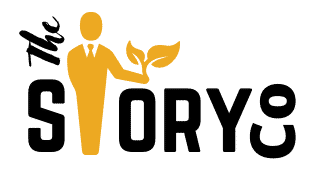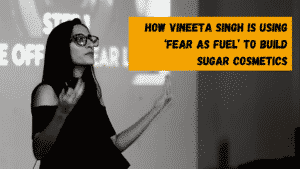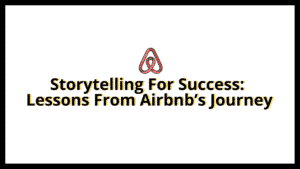Public speaking can be intimidating – dwindling audience attention span, self-doubt over your skills, or questioning the content – many challenges tend to arise. Here we take a look at how Storytelling can actually help you become a better public speaker.
Did you know that 65% of our conversations were made up of stories? Imagine if this storytelling statistic was to be applied to public speaking.
Well, stories make us human. But the question still remains, what drives a person to stories? Studies suggest that, when we come across a story that is relatable, our feel-good hormone, oxytocin observedly rises and certainly is a major reason, why us humans connect to a good story.
When stories are such a big aspect of what we do on a daily basis, let’s dive into how to use stories to become better at public speaking. Follow through these storytelling tips:
Bring Out A Real Experience
Avoiding memorized words when it comes to public speaking makes the audience feel, see and hear what you are talking about. Deriving simple life lessons from your experience and making your learnings more personalized results in deeper understanding. As a speaker, you would want your audience to stay hooked to your words.
The TED Talk delivered by Shah Rukh Khan had him give his take on technology and compare it to facing a midlife crisis; the speech went like, “I started to feel that I couldn’t be who I wanted to be or say what I actually thought. And humanity at this time completely identified with me. Both of us were going through our midlife crisis. Humanity, like me, was becoming an over-exposed prima donna. The whole world and all of humanity seemed as lost as I was.”
The Bollywood actor compared his personal experience to the state of humanity, driving up the relatability quotient.
Define The Purpose Of Your Story
They say it’s about the journey, not the destination but when it comes to storytelling and public speaking, to make your journey beautiful, you’ve got to know where you are headed. An important storytelling tip here would be to identify the value you are delivering to the audience. What kind of a purpose can your story have? It could be to amuse, persuade or inform the audience. The goal can also be to satirize a specific condition.
For amusing the audience, you can break the ice during the intro itself. For example, “Your next speaker Sara, likes dogs, autumn, and pizza! But dislikes the sound of trains, paper cuts and people who steal the last slice!” Adding persuasion to your speech can look like using rhetorical questions. A rhetorical question is asking obvious questions. For eg: Do birds fly? It helps in evoking an emotion and laying emphasis on your point. These public speaking tips will keep your audience awake and attentive.
Build The Structure Of Your Speech Around An Emotion
Be aware of the emotions you’d like to tap into when it comes to the audience. Build on deeper emotions rather than fleeting feelings. Dig deep into emotions such as unparalleled joy or grief that aches rather than sentences that would give rise to minor smiling moments.
It is important to be mindful of your choice of words depending on the audience you are addressing. Creating an emotional wavelength with your audience can look like having an answer to this simple question – how will the story change their lives for the better? The emotions involved while delivering the story are what will differentiate your speech from being an inspiring one rather than simply educating them.
Crack The Tonality
Tonality refers to how your voice is sounding to the audience while you are storytelling and public speaking. This point ties back to understanding the audience you are addressing, it will help you determine the tonality you should use. According to Nielsen Norman Group, there are four dimensions to the tone of voice: Funny v/s Serious, Formal v/s Casual, Respectful v/s Irreverent, and Enthusiastic v/s Matter of fact. Here’s an example to speak about the same thing using different tones while storytelling and public speaking. :
Serious, Formal, and Respectful: “I apologize for causing hindrances in the event”
Casual: “Sorry for the problems I caused in the event”
Another example is the Commencement Speech by Steve Jobs at Stanford University in 2005. In this speech, Jobs starts off on a very relatable note. As he digs deep into the details of his life experiences, the speech starts to inspire. When he speaks about how he got fired from Apple at 30 years of age, there is rage in his sentence. The authenticity makes the audience empathize with him.
Your Feedback Is Observing The Audience
While you are public speaking, look into the eyes of the audience and observe their faces. Are they laughing? Are they talking amongst themselves or engaged in what you are saying? Would they be willing to answer if you throw a question at them? Keeping these questions and storytelling tips in your mind will have you determine feedback on the spot.
You can use the 3-second method. This entails you looking straight into the eyes of a member of the audience for exactly 3 seconds. Feel free to go for direct eye contact with a certain number of people, every now and then. Slowly, you can cover glancing at the whole group while speaking.
Storytelling and public speaking go hand in hand. We as human beings are made up of millions of stories, after all.
Check out our The StoryCo blog for more interesting content from the world of storytelling.




